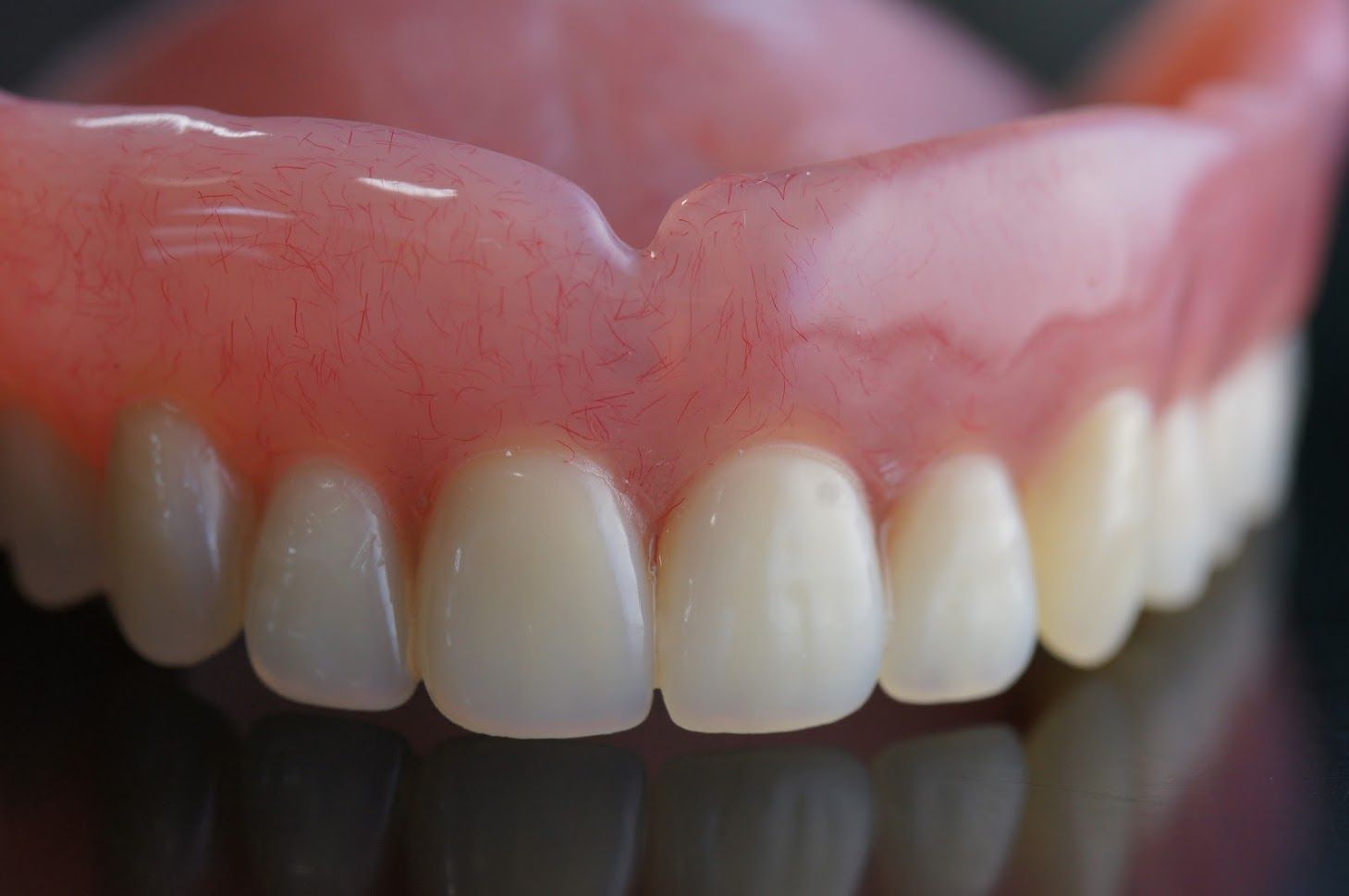A Beginner's Guide to Dental Fillings

Dental fillings and restorations happen to almost everyone, and it’s natural to want to know how the dentist uses them to maintain your oral health. Here's what you need to know about dental fillings.
Procedure
Tooth fillings are a standard dental procedure that involves restoring damaged or decayed teeth. When you have a tooth filling, your dentist takes several steps to ensure a successful and long-lasting outcome.
The first step in the process is a thorough examination by your dentist. They will visually inspect your teeth, perform dental X-rays, and use special tools to assess the extent of the damage or decay. Based on their findings, the dentist will determine whether a filling is required and discuss the treatment plan with you.
Before the process starts, the dentist will place anesthetic to numb the area surrounding the tooth. This ensures you are comfortable and pain-free during the entire process. Once the anesthetic takes effect, the dentist will use a water cooled highspeed handpiece to remove the decayed or damaged portion of the tooth. This step is crucial to create a clean and stable foundation for the filling material.
After removing the decayed area, the dentist will clean the tooth thoroughly to eliminate any remaining debris or bacteria. They may use an air abrasion tool, or other instruments to ensure the tooth is contaminant-free. The dentist will prepare the tooth for the filling material once the tooth is clean.
To prepare the tooth, the dentist will apply an adhesive or bonding agent to the area. This substance helps the filling material adhere securely to the tooth structure. If needed, a layer of material may be added to prevent sensitivity. The dentist will carefully place the filling material in layers, gradually building it up to match the natural shape and contour of your tooth. Common filling materials include composite resin, amalgam, and porcelain.
Once the filling material is in place, the dentist will shape and sculpt it to achieve the desired appearance and functionality. They will also check your bite to ensure that it aligns properly with the opposing teeth. After making any necessary adjustments, the dentist will use a special light or laser to harden and set the filling material.
Materials
Tooth fillings utilize various materials, including amalgam, (silver colored), composite resin, and porcelain.
Amalgam
Amalgam fillings, often called silver fillings, contain several metals, such as copper, tin, mercury, and silver. These materials blend together to create a long-lasting filling. Amalgam fillings are cost-effective and have been used for many years due to their excellent resistance to wear and tear. Their silver color makes them more visible than other types of fillings.
Composite
Composite resin fillings, also known as tooth-colored fillings, are made from ceramic and resin compounds. These fillings can be closely matched to the color of natural teeth, making them aesthetically appealing. Dentists apply the resin material in layers, carefully shaping and hardening each layer with a special light.
Porcelain
Porcelain fillings, called inlays or onlays, are custom-made restorations created in a dental laboratory, so take more than one visit. These fillings are composed of a ceramic material that closely resembles the color and texture of natural teeth. Porcelain fillings offer excellent durability and stain resistance, making them suitable for restoring teeth in visible areas.
Airport Road Dental Associates, PC has been serving families since 1975. Our services include cosmetic dentistry, exams, cleaning, fillings, crowns, bridges, root canals, and more. Contact us to schedule an appointment with our friendly staff.


















